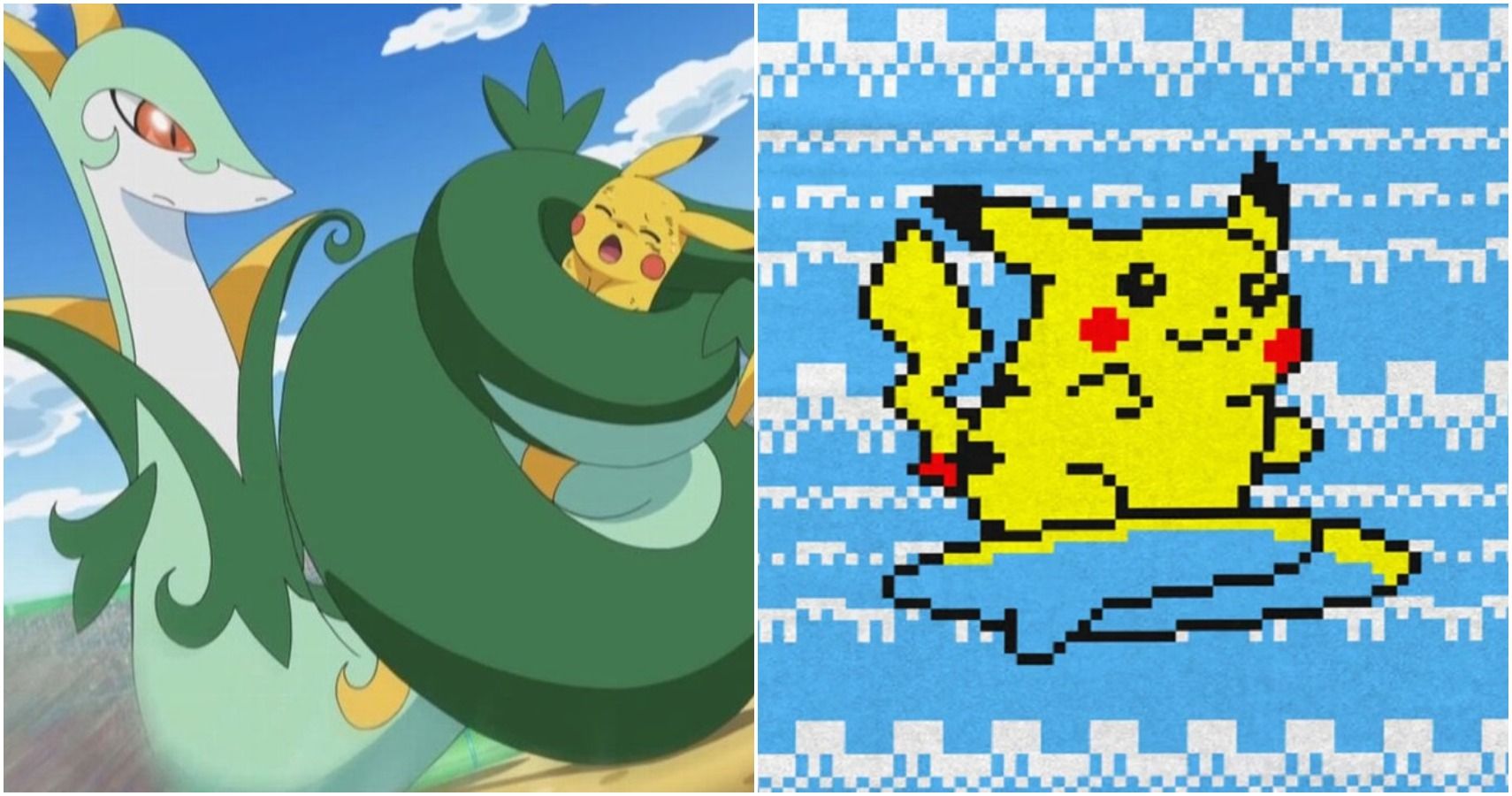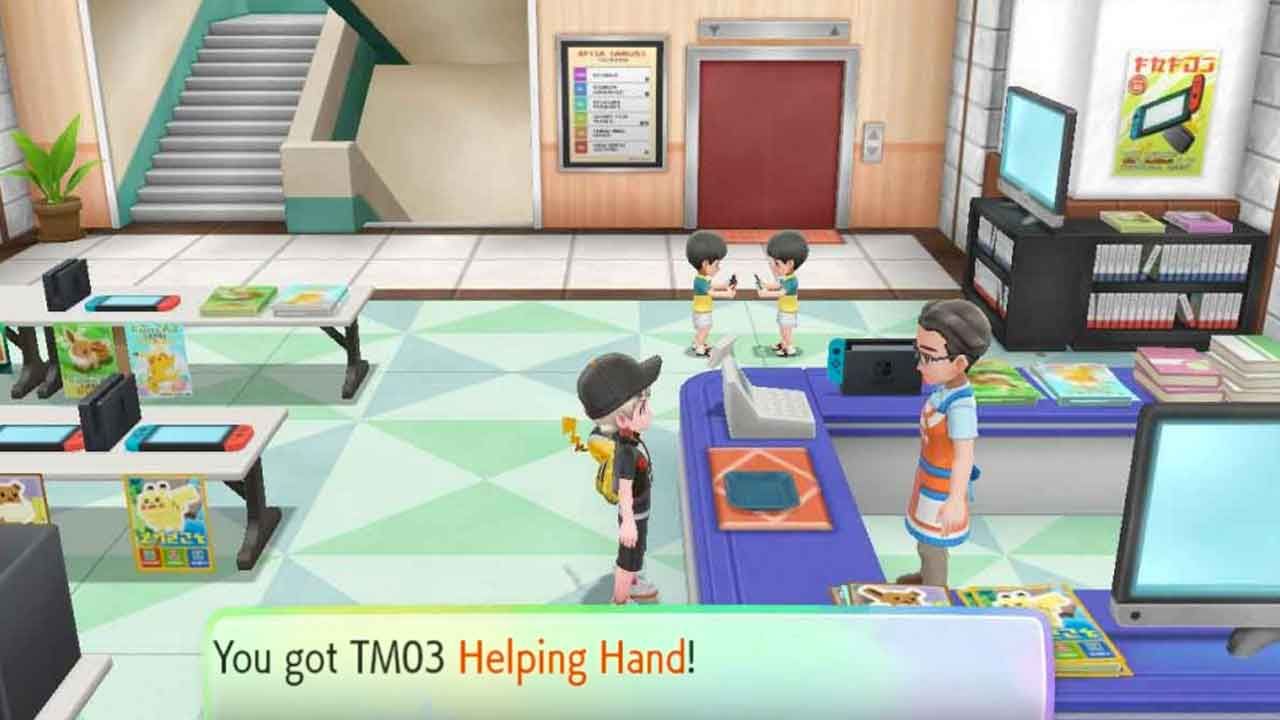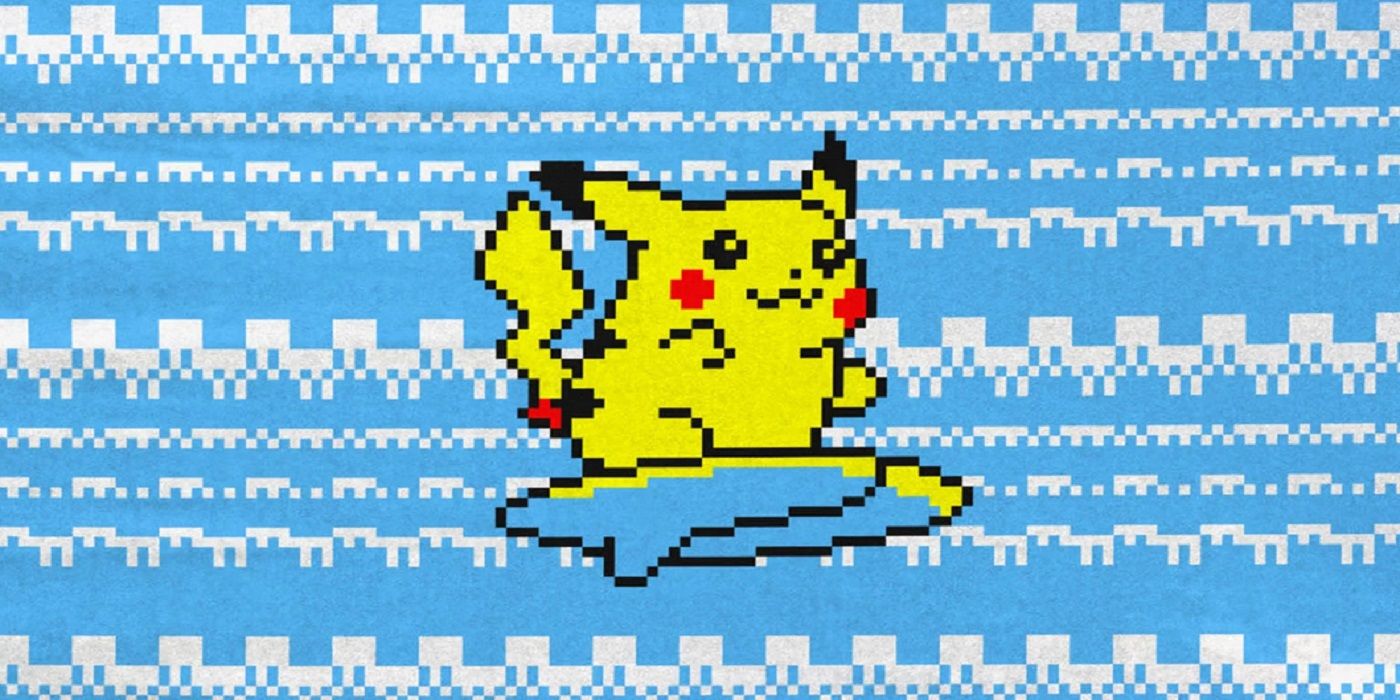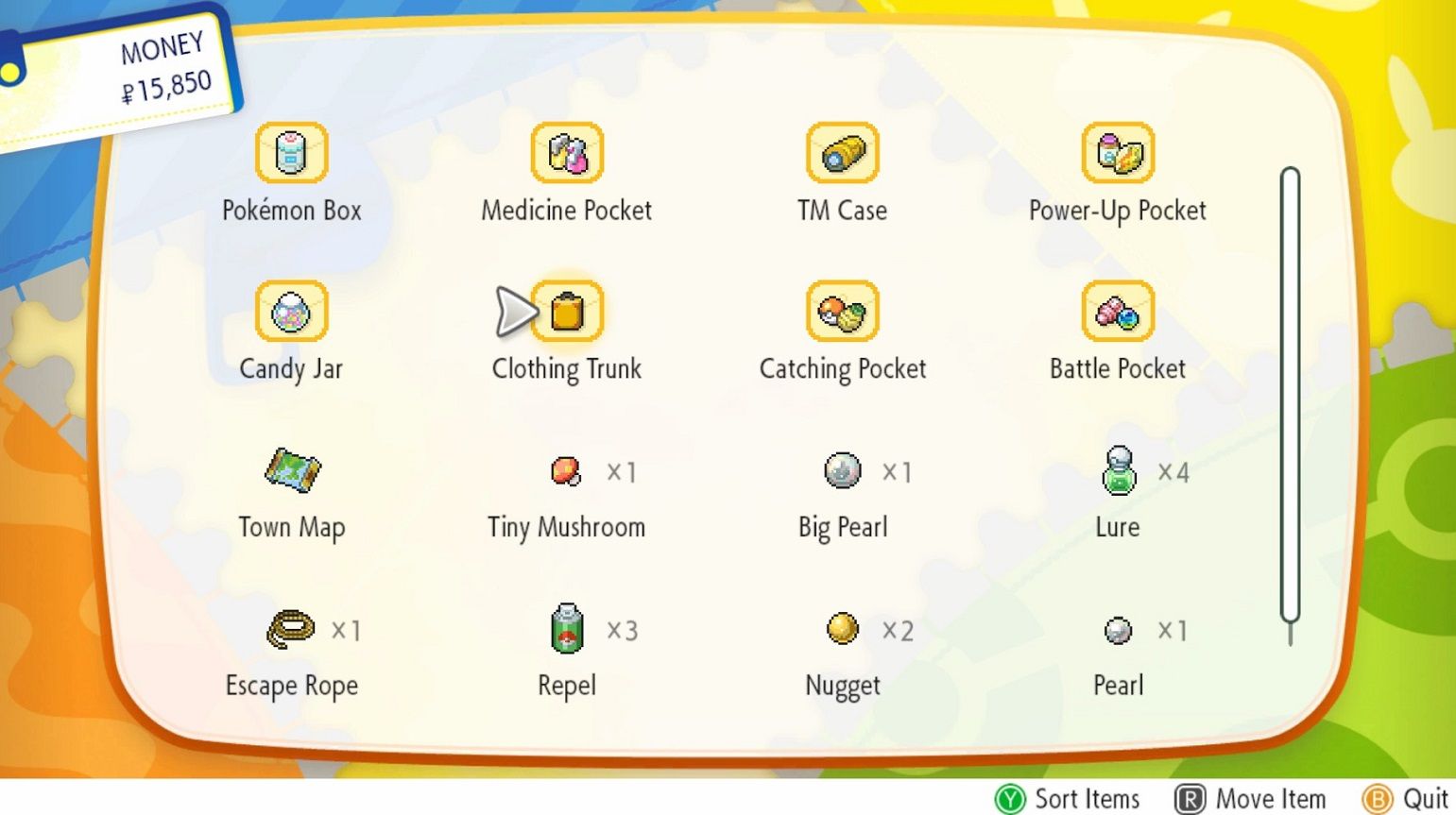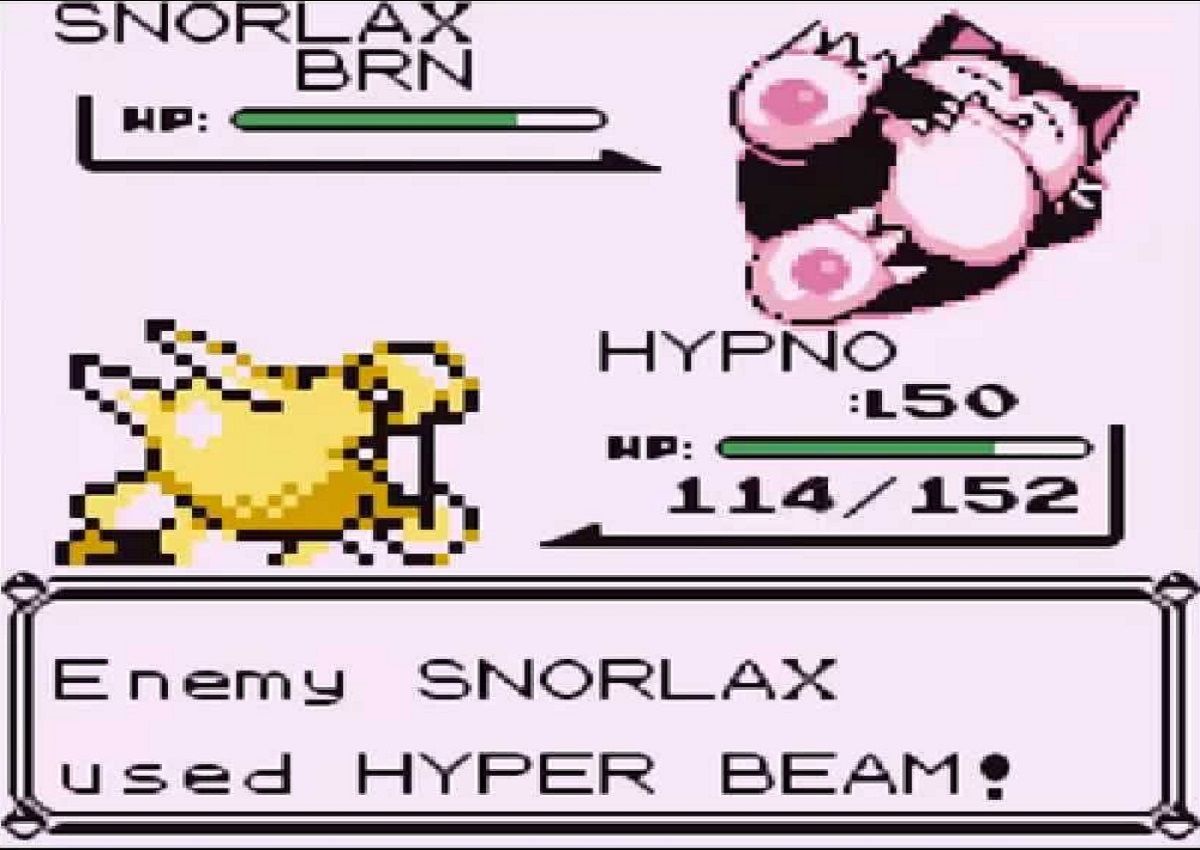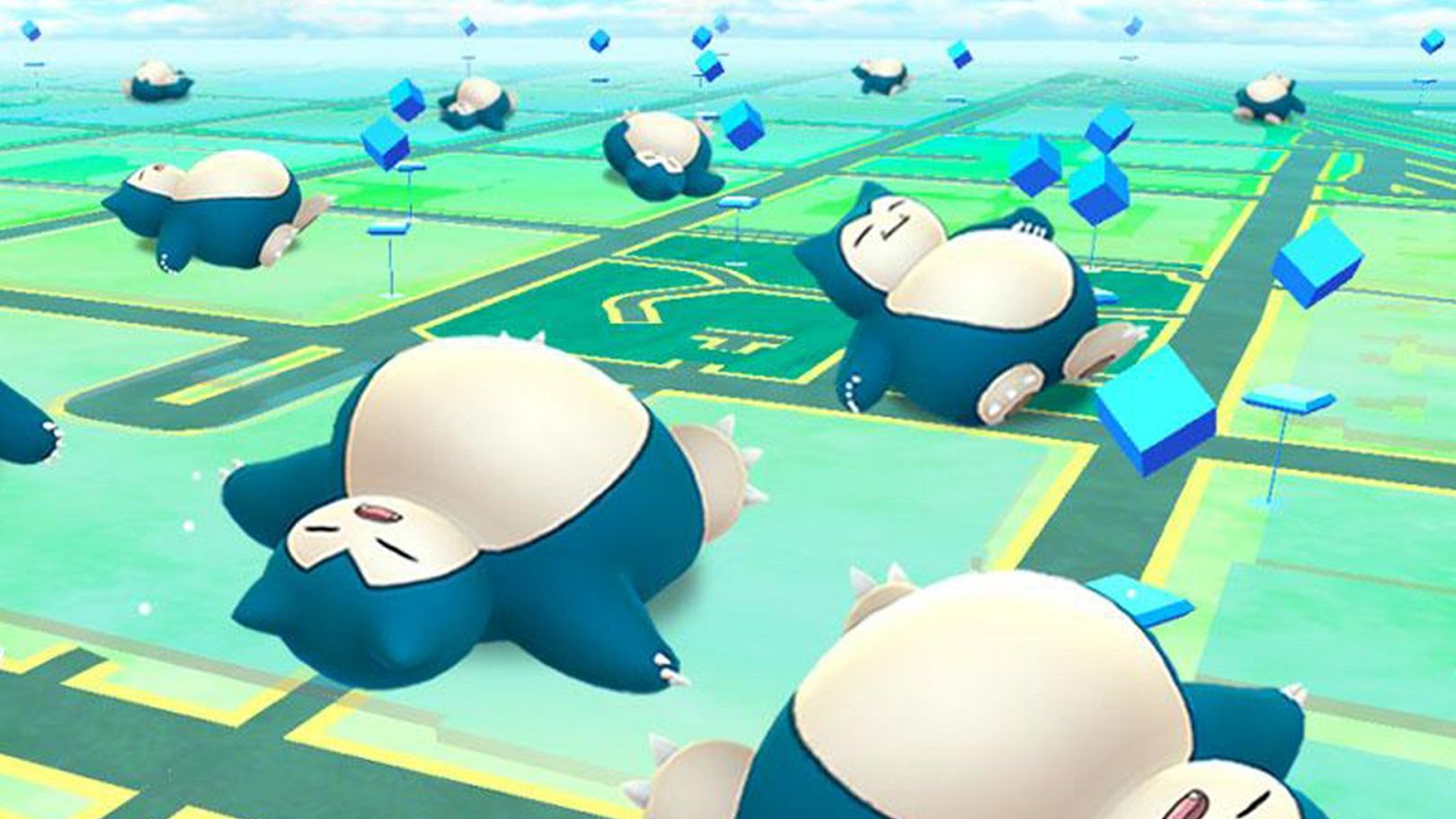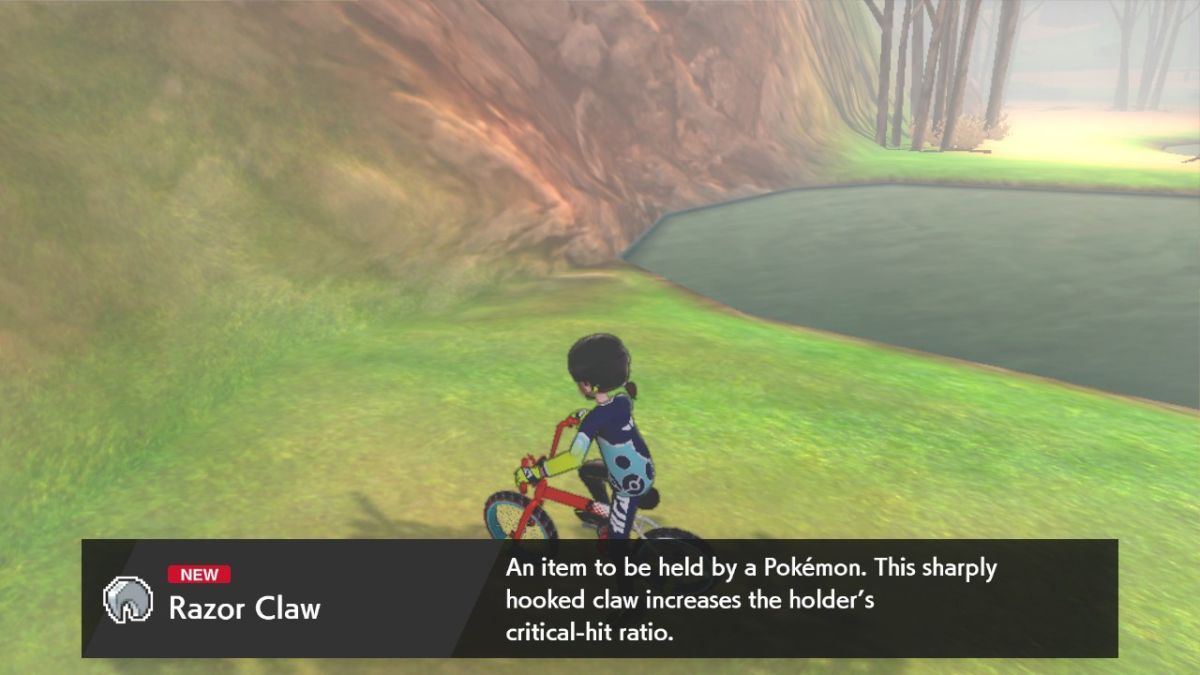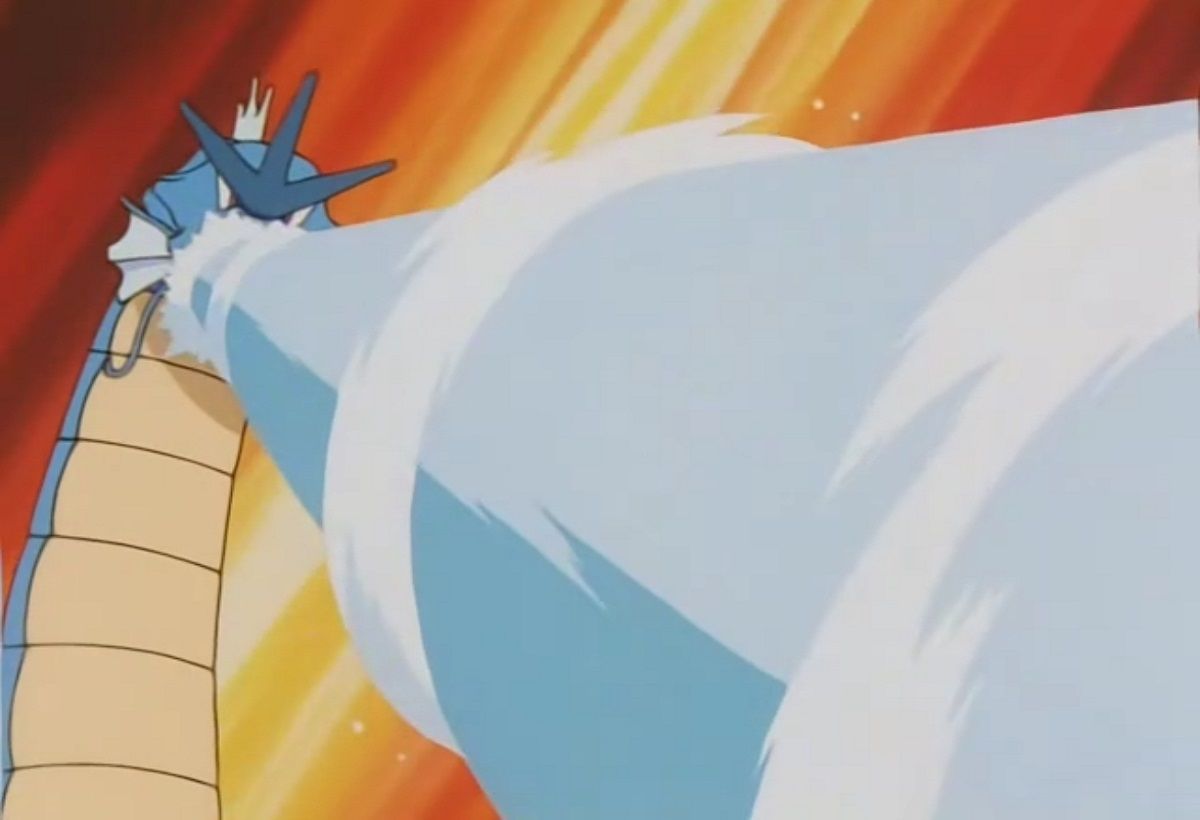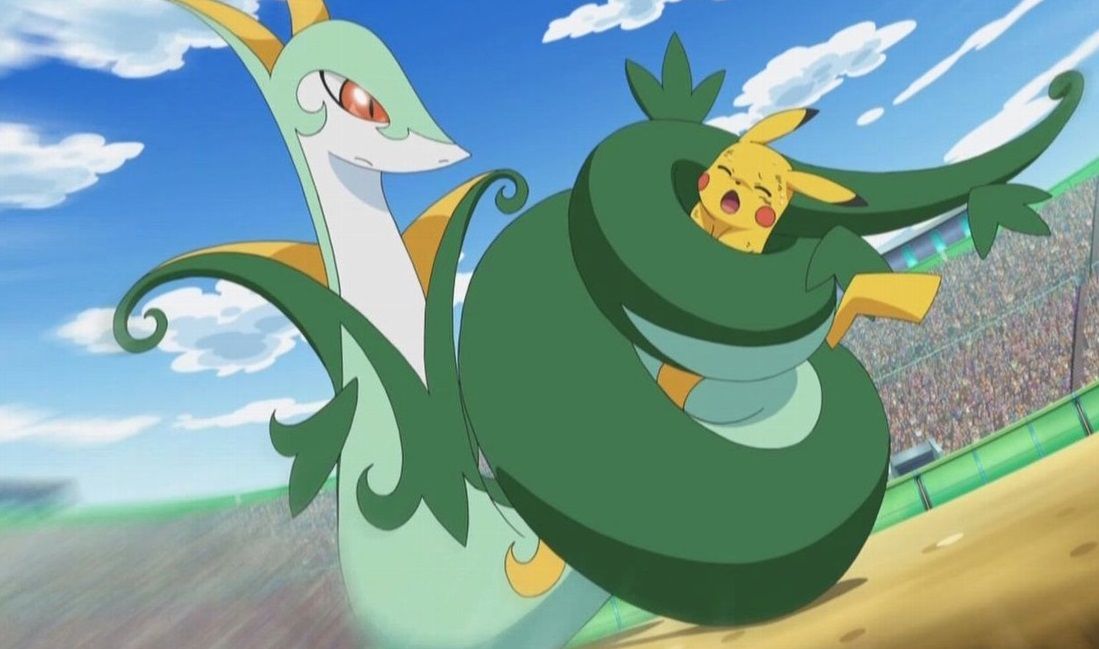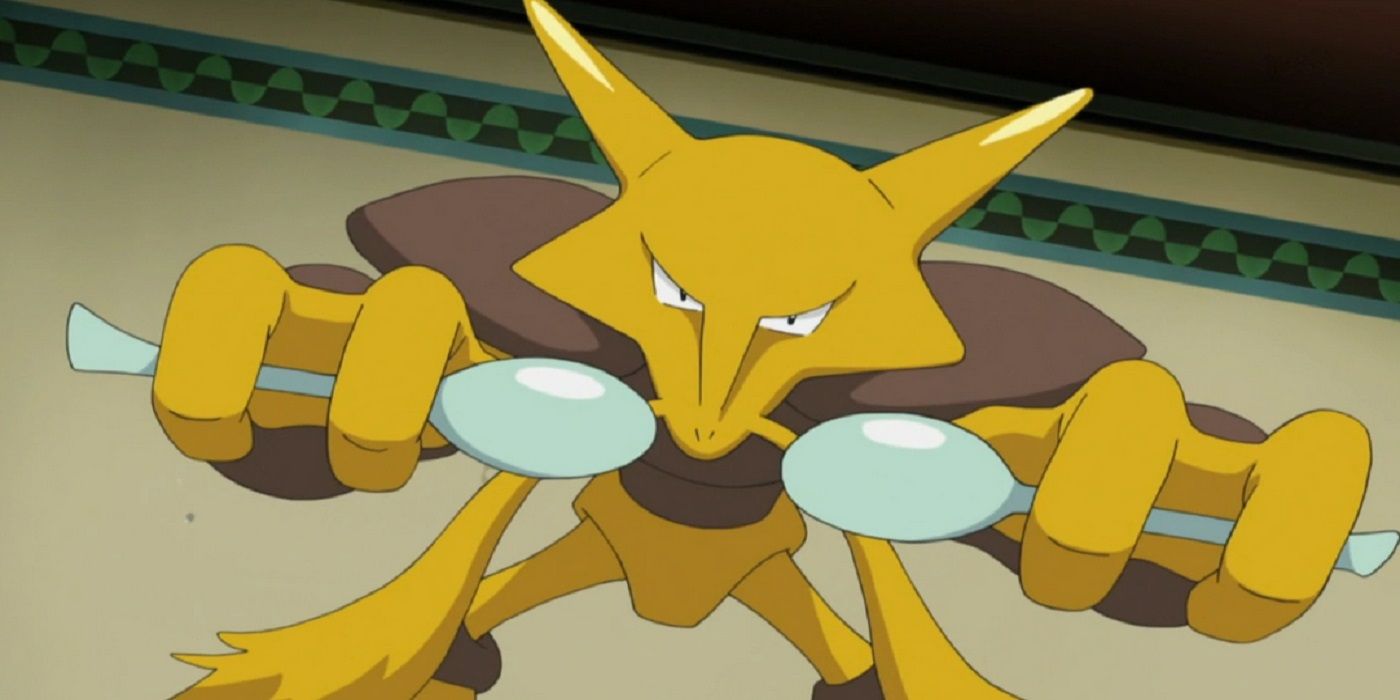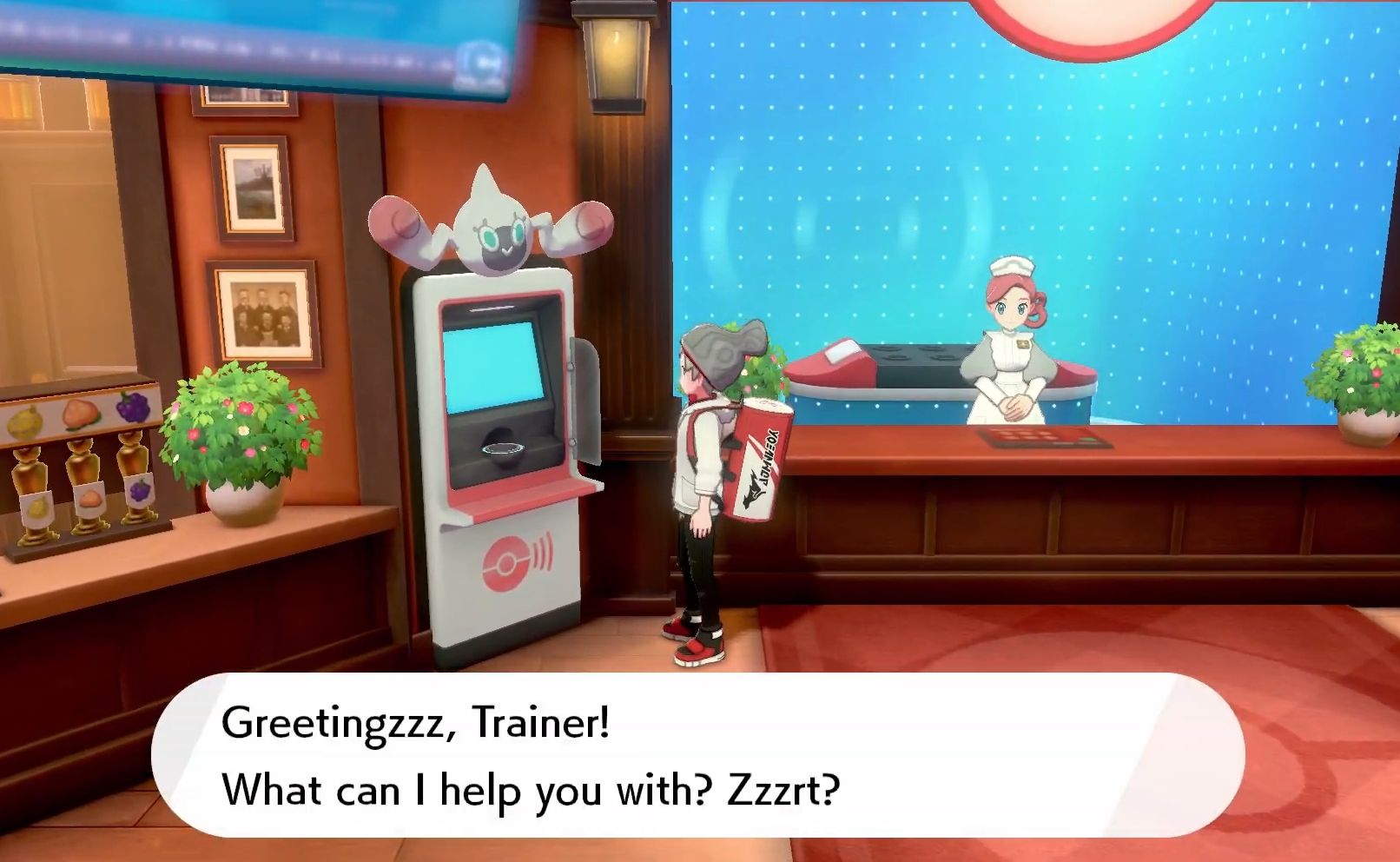As super popular as the Pokémon franchise is, it absolutely isn’t immune to criticism (as we all saw quite plainly in the run-up to the launch of Pokémon Sword and Shield). One of the most common points that detractors like to raise is that the series just never changes. That may be true on the surface, but those who have been around since the days of Gen I will appreciate just how far the games have come in terms of mechanics.
From totally unfair critical hit calculations to the physical/special split and HMs, here are some original Pokémon mechanics that players are lucky enough not to have to contend with any longer.
10 Limited-Use TMs
Game Freak have taken gradual steps towards making breeding and training competitive Pokémon easier and less time-consuming. One important move was making TMs unlimited use (though that benefited all players, of course). The most common and valuable moves, such as Ice Beam, Earthquake and Thunderbolt, had to be taught many times over and it was a pain to keep restocking those TMs.
In introducing TRs (Technical Records), Sword and Shield have returned to this single-use policy, but TMs as we now know them remain unlimited in the new games.
9 The Dreaded HMs
HMs were one of those early Pokémon mechanics that we just accepted and put up with, until we got to experience life without them and suddenly wondered how we’d ever survived that long.
The fact is, the player’s party has such limited moveslots as it is that we just don’t want to throw on something like Cut or Strength. Instead, we’d tend to carry around a poor Pokémon overloaded with these moves, which was also totally inefficient.
8 Limited Bag Space
Another valuable quality of life change Game Freak implemented in later generations was the overhaul to the Bag system. Aspiring Pokémon Trainers have always hauled around a bag containing their adventure essentials, key items, Poké Balls and such, but the inventory was just such a pain to navigate back in the day.
Old-school Resident Evil players will remember the pain of managing super limited inventory slots. Are you going to need that odd-shaped crank? That obscure mask? Can you drop that book, or will you need whatever the heck that jewel is? Thanks, Game Freak, for giving us huge item storage and neatly-arranged pockets for various kinds of items. Opening that bag is like hopping into Narnia now, and we appreciate it.
7 Recharge Moves That… Didn’t Work
It’s lesson number one of Pokémon battling: do not use recharge moves. Yes, that huge base power is tempting and your Hyper Beam Snorlax crushed every CPU opponent’s souls into sad hunks of spam when you were eleven, but they just don’t cut the mustard today.
In Generation I, for whatever reason, scoring a K.O. with one of those moves meant that the user could forego the turn usually required to recharge afterwards. This was entirely uncool, and we were super glad when it was fixed.
6 The Sleep Status Being Beyond OP
If you’re a competitive battler, you’ve probably suffered the wrath of Dark Void Smeargle several times. Being able to put both opponents to sleep at once in a doubles battle is just wrong, and sleep in general has never been a fun status to be on the receiving end of.
Back in Pokémon Red and Blue, though, Pokémon could sometimes sleep longer than Rip Van Winkle after a nice cup of cocoa and a couple of soothing bedtime stories. To add to the fun, there was a ‘waking’ turn which also prevented the Pokemon from moving! Fortunately, there’s a (reasonable) set maximum number of turns Pokémon will sleep for these days, so there’s far less RNG involved. Don’t get us started on freeze, though, which is still as random as ever.
5 The Critical Hits/Speed Connection
Over the course of the series, critical hits have been revised several times. Originally, they dealt double the damage, toned down more recently to 1.5 times. Along with that, they were originally determined by Speed.
What did this mean? Essentially, that super speedy Jolteon would be scoring critical hits all over the darn place, while a Snorlax would be lucky to hit one more than once in its thicc life. Chances are now even (though Abilities, certain moves and items can increase the odds).
4 The Physical And Special Typings
With regards to physical and special attacks, two fundamental changes have been made since the beginning of the series. The first is that certain types were all either physical or special originally (all Ice attacks were special and all Flying attacks were physical, for instance).
Yes, some types remain predominantly based around one or the other (there aren’t many special Rock-type attacks or physical Psychic-type attacks, for instance), but this was a huge change for the better. Physical powerhouses like Gyarados having to use special Water moves just didn’t make sense.
3 Wrap And Bind Were OP
That’s right, friends. There was a time when moves like Wrap and Bind were completely overpowered. The 90s, huh? What a wacky time to be alive.
In case you need a refresher, here’s how these moves used to work: the target couldn’t take any action at all while under their effects, which could last for up to five turns! It was just a sad time for all concerned.
2 “Special Attack Or Special Defense. There Is No Special.” – Yoda, 1998
As we’ve seen, typings being locked to physical or special presented a real problem; one that wasn’t rectified until Gen IV. A similar issue that took some time to be addressed was the Special Stat.
Special has since been divided into Special Attack and Special Defense, another change that was sorely needed (why could specially-oriented glass cannons like Alakazam also shrug off special hits like The Terminator?).
1 The Boxes
If you return to the earlier games in the franchise today, you’re sure to feel the clunky nature of the Bag system. As discussed, you’ll constantly be running out of space and desperately using up healing items or the like to make some space. It was an inefficient system and the same applies to the Pokémon Center’s boxes.
In any given game, the player’s going to be spending a lot of time sorting through boxes, trying to determine which is that Pokémon with the perfect IVs and which is holding that item you can’t find. With the limited space and fiddling nature of the early games’ system, navigating around them was a nightmare.

